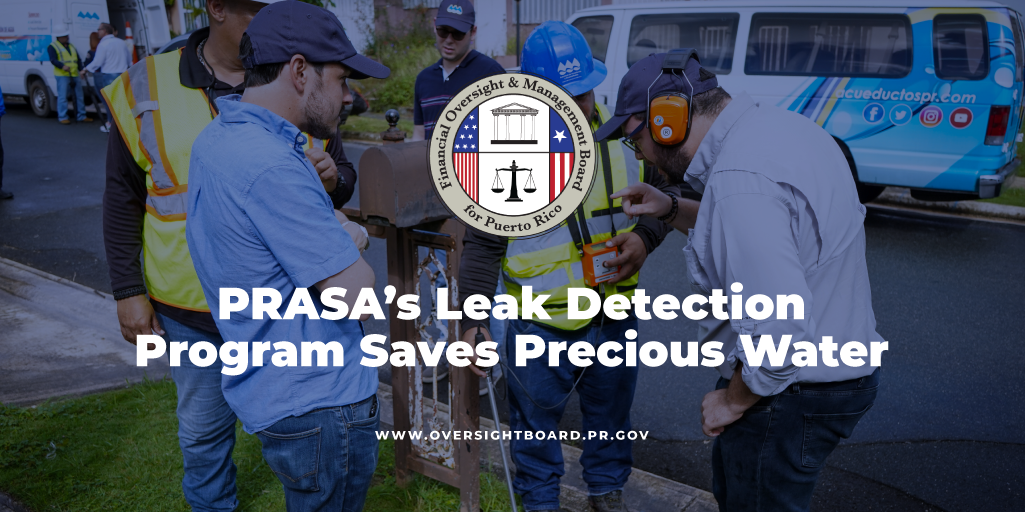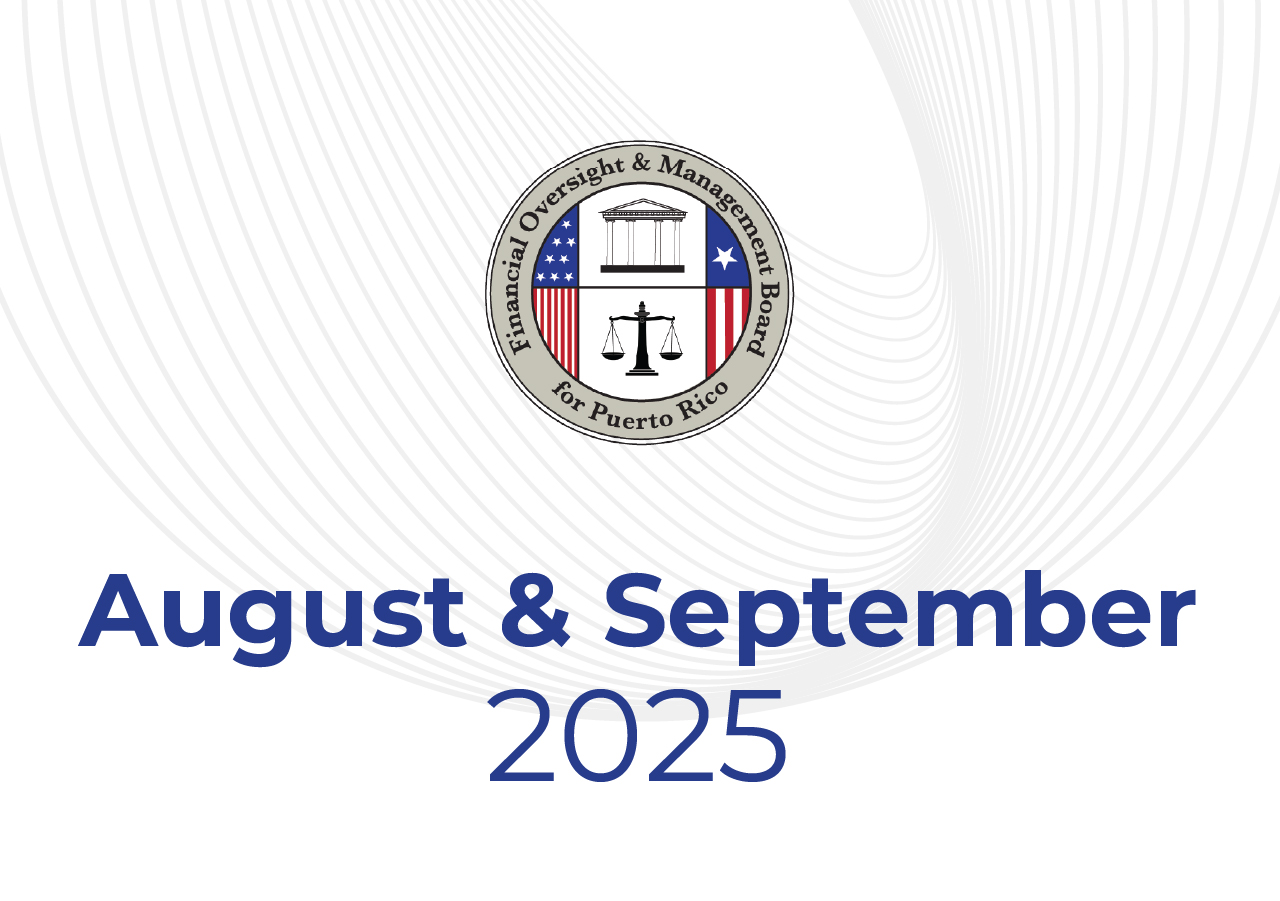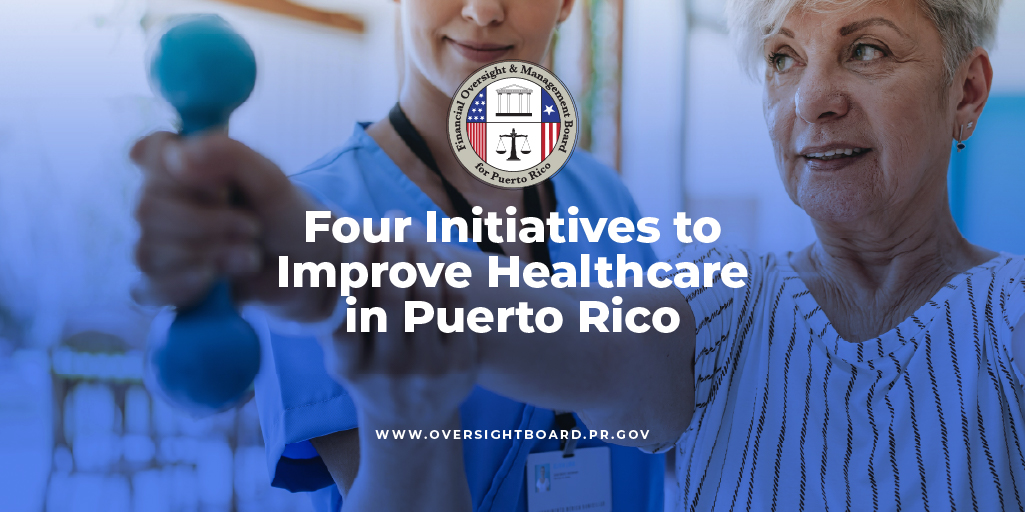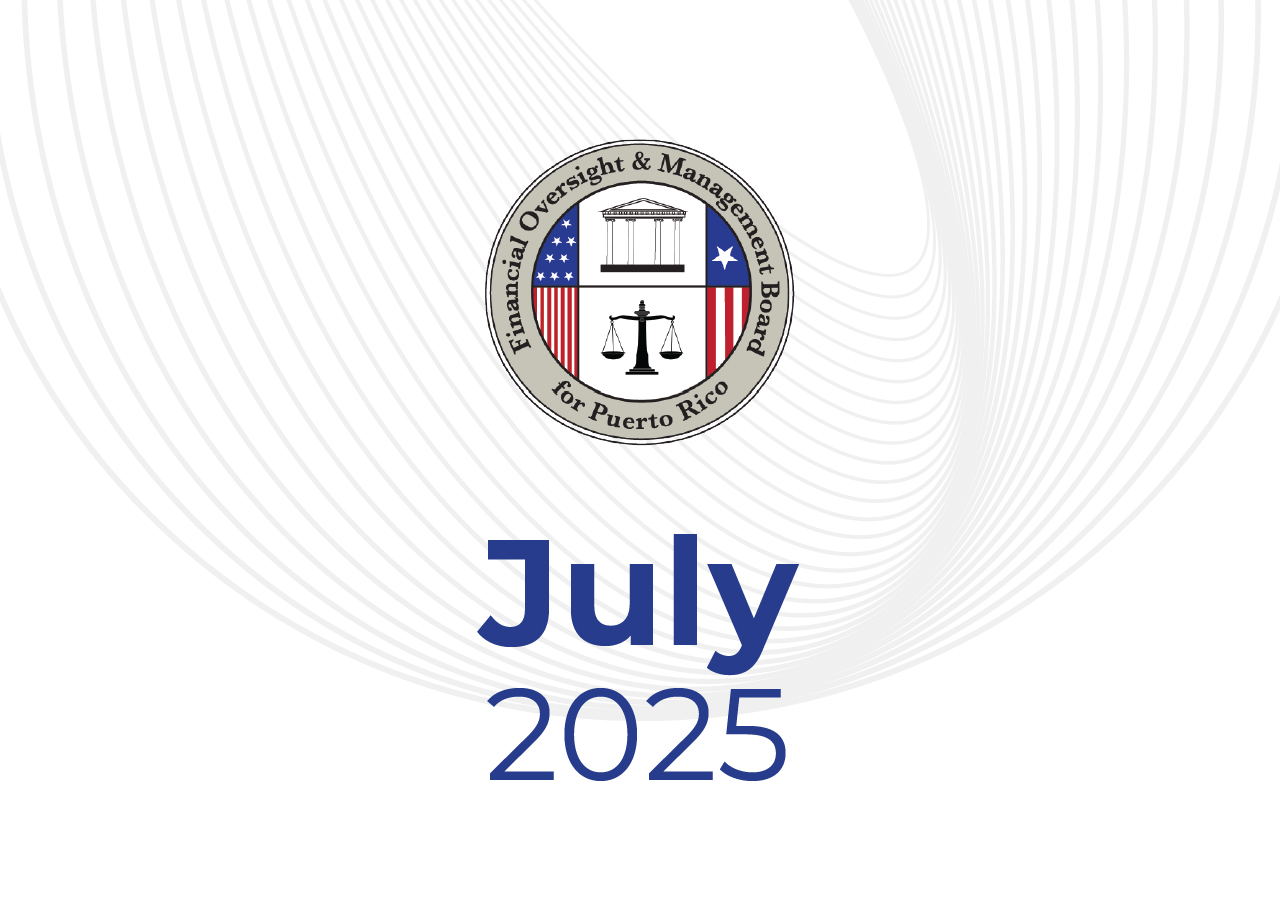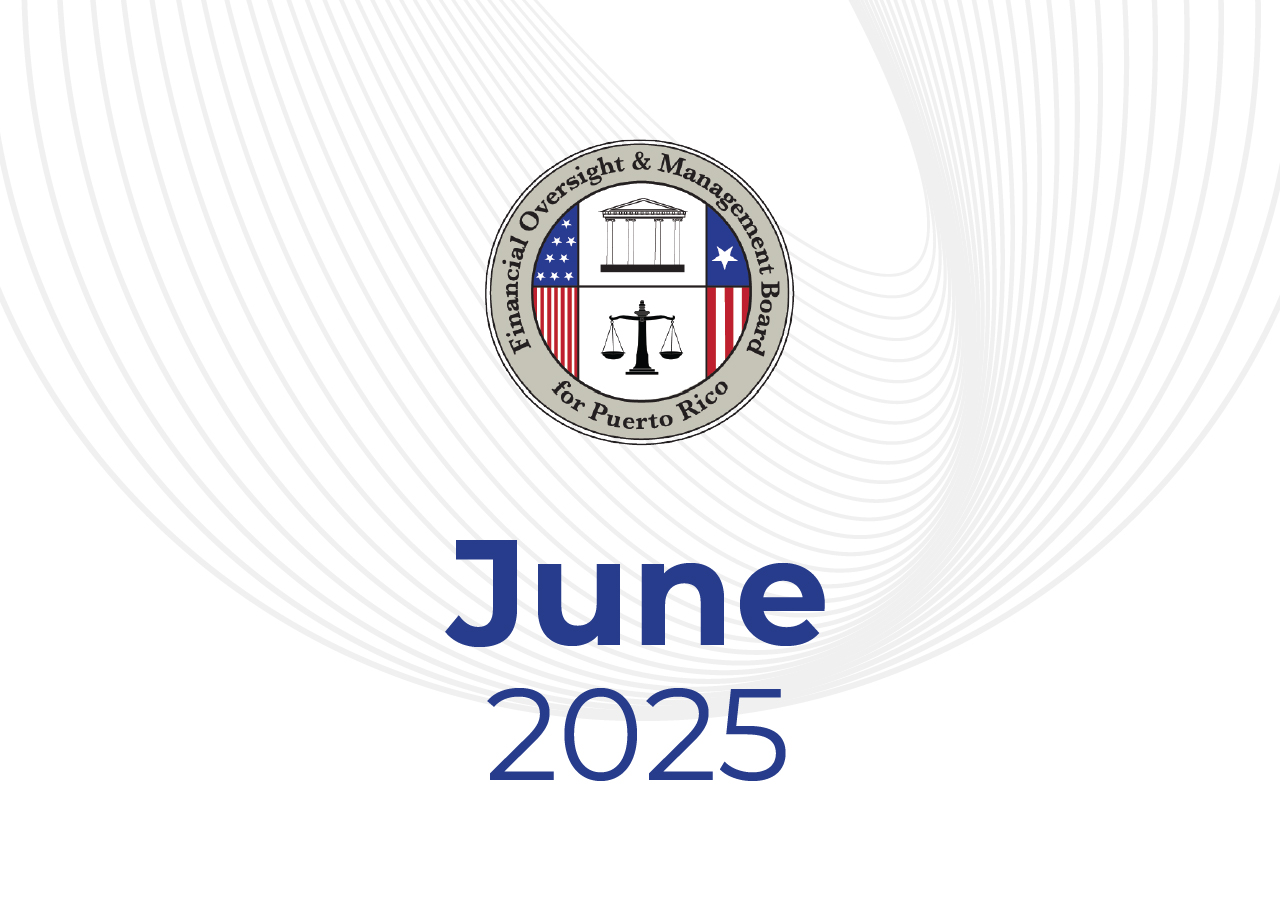Every day, 16 detectives go to work around Puerto Rico – to find hidden water leaks. More than half of the water that runs through the Puerto Rico Aqueduct and Sewer Authority’s (PRASA) water system is lost because of damaged pipes, tanks, and service connections to the customer meters. But PRASA’s Fiscal Plan outlines a strategy to find those leaks, prevents PRASA from spending money to treat water that is lost, and helps a more responsible use of the natural resource.
Water is a precious resource and vital for Puerto Rico’s residents and businesses. Around 100 PRASA brigades of 12 people each work on leak detection and repairs. The Fiscal Plan PRASA and the Financial Oversight and Management Board for Puerto Rico developed together includes additional brigades to detect leaks this year to accelerate the program and increase leak reparations.
In addition, the Fiscal Plan outlines two other significant ways to reduce water loss: the planned smart-meter project to accurately measure water production, and pressure management to reduce leakages. The validation, calibration, or replacement of the meters at water treatment plants and wells enables PRASA to obtain accurate information on water production for evaluating and adjusting System performance. Many areas of Puerto Rico operate with pressure that is higher than optimal and lowering the water pressure within the system will reduce leakage. The Fiscal Plan projects that by fiscal year 2027 this water loss reduction projected would save up to $11.5 million per year, net of costs.
During a recent site visit in Guaynabo, the Oversight Board’s Infrastructure team was able to see first-hand one of these leak detection brigades at work. Arnaldo Colón, a Technical Advisor of Non-Revenue Water Initiatives, used ultra-sensitive wireless earphones, which filters background noise, to listen to air whooshing through pipes, which indicates a leak. The team also uses wireless detection rods to walk around the neighboring area to listen for water leak noises and reach deeper pipes and valves. To prevent ambient noise from interfering with the equipment, the team usually works late at night or early in the morning.

“Sometimes we don’t know where the leaks are. Someone reports low water pressure or a high water bill, but we can’t identify the leak,” Colón said. “We can’t just dig up streets, so this equipment helps us to detect the leak without tearing up streets and properties.”

Once the team identifies the leak, another operational brigade is sent out for repairs. The target for repair is between three to five days. The hidden leak team also routinely “investigates” on their own, using maps of various municipalities, such as Guaynabo in this case. The Non-Revenue Water Department tracks the data on miles covered and leaks identified.
The importance of reducing water losses is clear. It is critical for PRASA to carry on with this and other operational initiatives, and the Oversight Board will continue to work with PRASA to help ensure progress in the water utility, for the benefit of the people of Puerto Rico.

